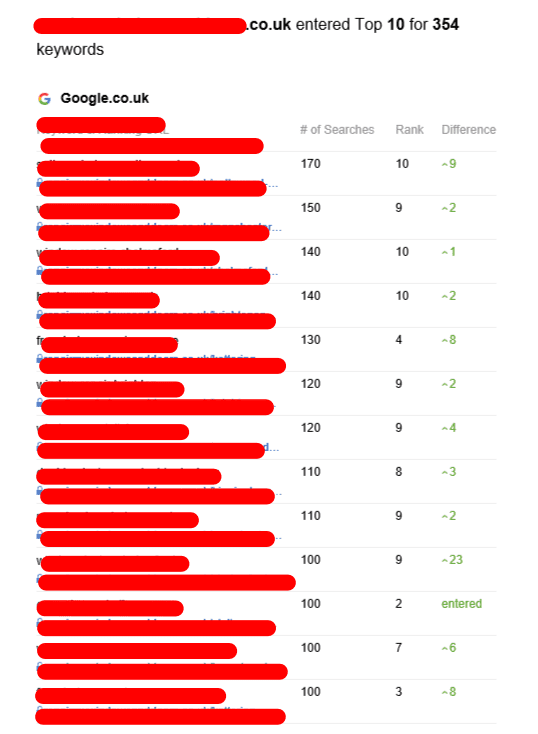In today’s digital landscape, creating compelling content is more critical than ever. Content strategy is an essential component for businesses looking to engage their audience, promote their brand, and achieve their marketing goals. By considering various elements such as audience targeting, content types, and distribution channels, organizations can align their content with their overall business objectives.
Content strategy is the planning, development, and management of content—written or in other media. This process involves defining the purpose of the content, understanding the target audience, and determining the best methods for content delivery. An effective content strategy ensures that content not only attracts visitors but also converts them into leads or customers.
A well-rounded content strategy encompasses several elements that aid in its effectiveness. These include:
Understanding the audience is the cornerstone of any content strategy. Organizations must identify their target demographic and create detailed buyer personas. These personas help in recognizing pain points, preferences, and behaviors.
Every piece of content should have a purpose. Whether it’s to inform, entertain, or persuade, the content must align with broader business objectives. Setting measurable goals will help track content performance.
Different types of content cater to various audience preferences and stages in the buyer’s journey. Common formats include:
By leveraging multiple formats, organizations can enhance engagement and broaden their reach.
Choosing the right channels to distribute content is crucial for maximizing visibility. Potential channels include:
Understanding where the target audience consumes content helps tailor the distribution strategy.
Simply creating content is not enough; organizations must also analyze the effectiveness of their content through metrics such as:
Implementing tools such as Google Analytics can provide invaluable insights into content performance.
To create an effective content strategy, organizations can follow a systematic process:
Define Goals
Conduct Audience Research
Audit Existing Content
Develop a Content Calendar
Create High-Quality Content
Distribute and Promote Content
Analyze and Optimize
| Component | Description |
|---|---|
| Audience Analysis | Identify target demographics and create buyer personas. |
| Content Purpose | Define the goal of the content (e.g., awareness, conversion). |
| Content Types | Determine the formats to be used (blogs, videos, etc.). |
| Distribution Channels | Choose appropriate channels for reaching the audience. |
| Performance Measurement | Set metrics to evaluate the content effectiveness. |
Content strategy involves planning, creating, and managing content to achieve business goals and meet audience needs. It includes understanding the target audience, setting objectives, and choosing appropriate formats and distribution methods.
A robust content strategy helps businesses align their content with their marketing goals, enhances audience engagement, and can improve search engine visibility, ultimately leading to higher conversion rates.
Common content types include blog posts, videos, infographics, podcasts, and social media posts. Using a mix of these formats can engage diverse audience preferences.
Success can be measured using various metrics such as traffic, engagement rates, conversion rates, and SEO performance. Tools like Google Analytics can provide insights into how well your content is performing.

It’s advisable to review and update your content strategy periodically—at least once or twice a year—or whenever significant changes in business objectives or audience behavior occur.
Developing a cohesive content strategy is essential for any business looking to thrive in the competitive digital landscape. By carefully analyzing the target audience, setting lofty but achievable goals, and continuously optimizing content performance, businesses can create a powerful strategy that leads to sustained engagement and growth. Investing time and effort into a robust content strategy today can yield remarkable results in brand visibility, customer loyalty, and revenue generation in the long run.
No Data Found!

